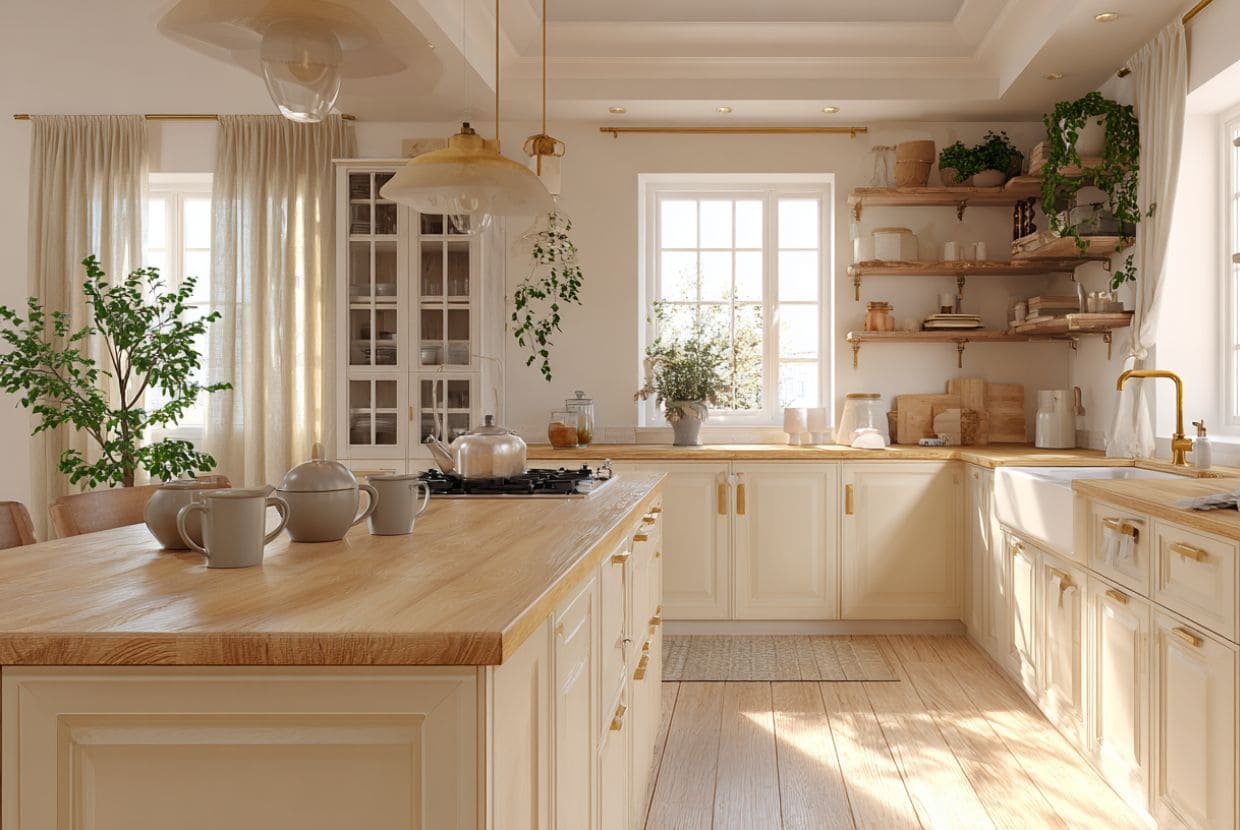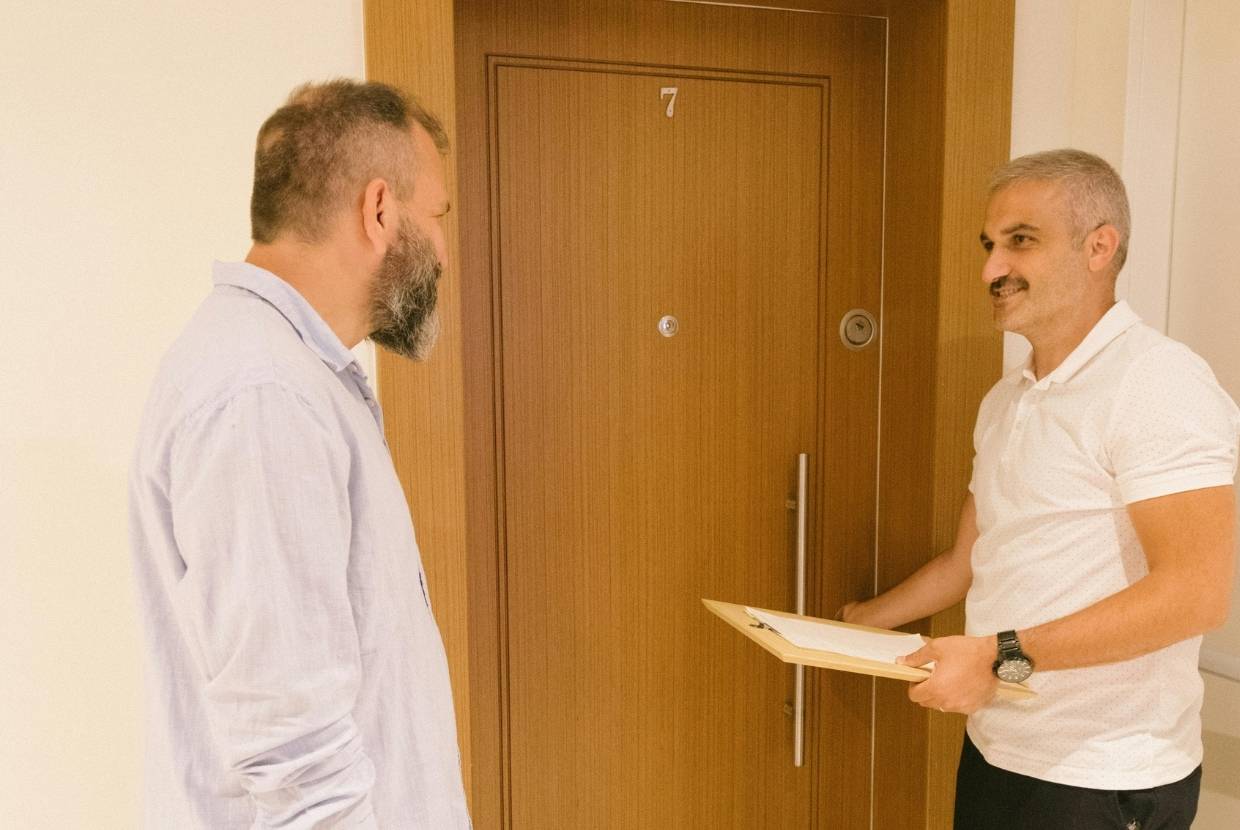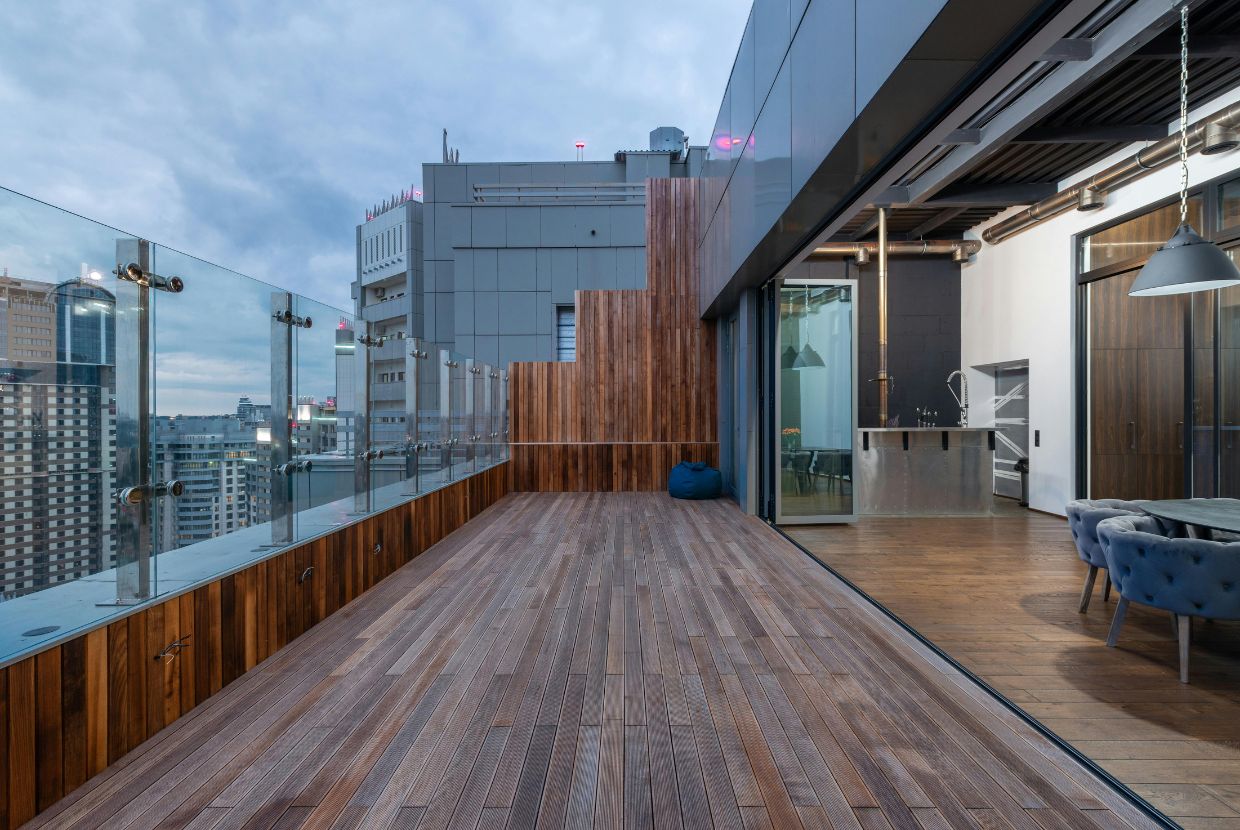There are projects that don't seek to attract attention, but they change everything. They're discreet, yes, but they transform the way you experience your home or business. They're called invisible renovations because they don't change the visual style, the finishes, or the furniture... but it only takes a few days in the space to feel the difference. More comfort, less noise, better air quality, energy savings. As I said: you can't see them, but you can feel them.
And the best part is that, over time, they also reflect in your wallet. And in your health. And in the value of your property.
So what exactly are invisible reforms?
Unlike a renovation that changes the decor—a new kitchen, more modern flooring, or a different paint job—these interventions address the interior. They work on the "skeleton" of the home: insulation, ventilation, leak sealing, wiring, waterproofing, plumbing, or electrical systems.
They may not have a wow effect on Instagram, but their impact is felt long-term. And it's worth it.
We talk about advantages such as:
- More pleasant and constant environments all year round.
- Reduction of air conditioning costs.
- Less noise, less humidity, fewer problems.
- And a higher market value if you decide to sell.
Who doesn't want to live better without having to do a cosmetic renovation every five years?
Thermal insulation: the starting point
Of all the invisible improvements, insulation is often the most cost-effective. Because even if no one sees it, you'll feel it every day. If your ceilings, walls, or floors are well insulated, your home will retain its temperature better, both in winter and in the middle of summer. And that shows on the bill, of course.
Ways to do it? There are several:
- Inject insulation into existing air chambers.
- Apply a SATE type system (insulation outside the façade).
- Reinforce the roof, which is where the most heat escapes… or enters.
Plus, good insulation helps prevent condensation and mold growth, especially in humid areas. Not bad, huh?
Block airflow: sealing well is key
Impeccable insulation is of little use if air leaks in through poorly sealed joints, cracks, or gaps. It's like having a good coat, but with broken zippers.
For this reason, during invisible renovations, it's common to perform leak tests (such as a Blower Door test), which detect leaks and correct them with weatherstripping, membranes, or caulk. Nothing too flashy... but it's certainly appreciated.
You'll gain in efficiency, yes, but also in well-being. Fewer drafts, less dust getting in, fewer insects wandering around.
Mechanical ventilation with heat recovery: clean air, without losing the climate
When a house is well sealed, it's essential to ventilate... but without opening windows recklessly. A mechanical ventilation system with heat recovery (HRV or ERV) extracts stale air and replaces it with fresh air, while simultaneously transferring a good portion of the heat (or cold) from the interior.
The feeling of breathing clean, dry air, without the temperature dropping or the bill rising, is priceless. Well, it is… but it pays for itself.
Silence: that everyday luxury that can also be achieved
Noise is annoying, tiring, and exhausting. Even if you ignore it, it's there. Therefore, among these invisible improvements, sound insulation plays a fundamental role.
The most common solutions:
- Mineral wool panels hidden behind the walls.
- Double plasterboard with air chamber.
- Resilient clips that decouple structures to prevent vibrations.
- Acoustic sealing in sockets and boxes, where sound sneaks in without warning.
It doesn't change the look of the home, but it improves sleep. And that's golden.
Electrical installations that never fail... and are ready for whatever comes next
Many older homes still have outdated electrical panels or minimal protection. Invisible renovations also address this: updating the panel to meet regulations, installing more sensitive residual current devices, or including devices that prevent electrical arcs.
Also, if you're already thinking about getting an electric car charger or home automation, it's a good idea to get everything ready. Doing it later will be much more expensive... and more cumbersome.
Controlling humidity in time prevents serious problems
Dampness doesn't usually show its face until it's already done damage. A slow leak, a cold wall, an old downpipe... And suddenly, you have stains, unpleasant odors, or even structural damage.
Among the most effective solutions are waterproof membranes on roofs or underground walls, barriers against rising damp, and the elimination of thermal bridges.
And if you live in an area at risk for radon, you can also install barriers or ventilation systems in your basement. They're invisible, but they protect your health.
Water: when saving doesn't mean giving up
Much can also be achieved with small technical decisions: low-flow faucets, systems that recover heat from shower water, detectors that automatically cut off the supply in the event of a leak...
It's not something that changes the appearance of the bathroom, but it does reduce consumption and prevent future damage.
Efficient lighting: small adjustments, big results
Replacing halogen bulbs with LEDs seems like a small gesture, but the impact on an entire home is considerable. And if you also install motion sensors or timers in hallways, storage rooms, or common areas, the savings multiply.
All without altering the aesthetics of the place. Or complicating things.
Measure first, act later
Before jumping into a renovation based on intuition, it's a good idea to know what the space really needs. And for that, there are very useful technical tools: thermography to detect heat loss, CO₂ meters, sound level meters to analyze noise, and the aforementioned Blower Door test.
With data in hand, you can make clearer decisions. And then check whether the improvements have worked.
And what about aid?
In Spain, there are programs that cover part of the cost of these types of renovations: insulation, ventilation, more efficient installations, or renewable energy. Access isn't always easy, but it's worthwhile to find out.
Furthermore, the Technical Building Code requires certain minimum efficiency levels even in partial renovations, so many of these improvements are not just recommended… they are also necessary.
Where do you start?
Each house is a world, but the usual order is usually this:
- Diagnosis and previous measurements.
- Insulation and sealing.
- Controlled ventilation.
- Renovation of key facilities.
- Sound insulation if necessary.
- Optimization of water and lighting.
Going in this order avoids the hassle of doing and undoing. And allows each step to truly add up.
Tecnic Project: we carry out comprehensive renovations in Mallorca, the kind that are noticeable
At Tecnic Project, we know that not everything important is visible. That's why, when undertaking a comprehensive renovation, we don't overlook what's inside. On the contrary: we plan, measure, and execute it with precision, so you can experience it with greater comfort, less expense, and without worry.
If you are thinking of doing comprehensive reforms in MallorcaWe can help you from the first analysis to the final test. And we do this with a blend of technical expertise and attention to detail that shows, even if you can't see it.
Do you want to give your home a makeover without having to change the exterior? Let's talk.




